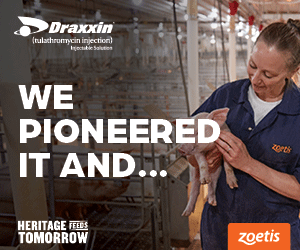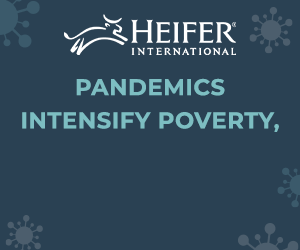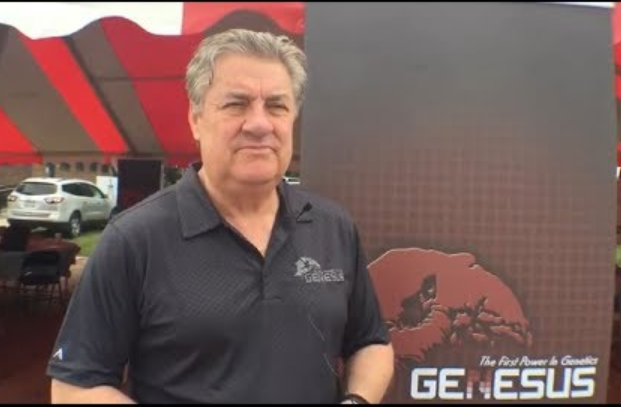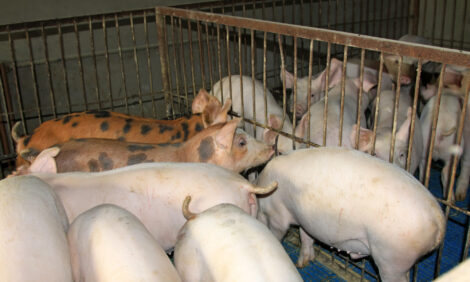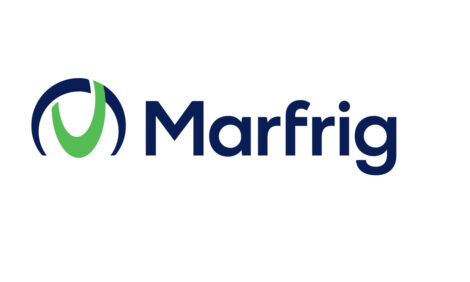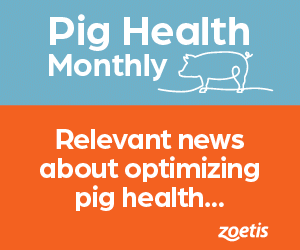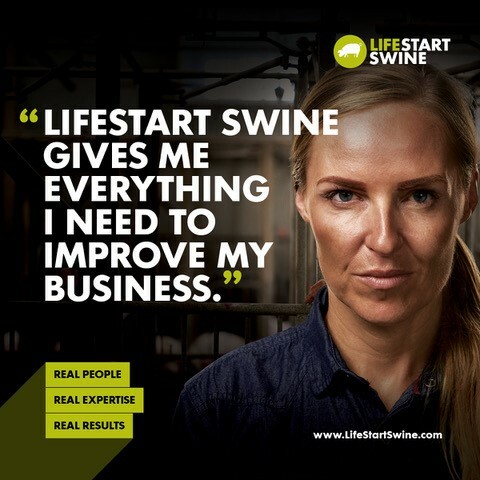



U.S. lean hog futures plummet
Jim Long Pork CommentaryLast week saw lean hog futures plummet with the near-term months of October and December declining over $6.00. We have to say not sure why the big decline. Our observations:
- Lean hog prices are strong, the National Lean hog price averaged $1.17 lb. last Friday. October futures closed 93¢ lb. The future traders are projecting that hogs will decline 24¢ lb. over the next few weeks. Seems like a huge drop to us.
- A few weeks ago, Iowa – S. Minnesota average hog weights continued low at 275.7 lbs. compared to a year ago at 277.6 lbs. Reflecting to us a current inventory.
- U.S. hog slaughter last week continued the trend of less hogs. 2,395,000 compared to 2,432,000 a year ago. Year to date U.S. hog harvest is down 3.5%. All indications are that hog supply will continue lower than a year ago.
- USDA pork cut-out calculation was $1.17 lb. last Friday. Choice Beef cut-outs $2.64 lb. Pork a real value option compared to Beef should be demand supportive.
- Whole Chicken prices continue to decline last week at $1.29 lb. a few weeks ago in the $1.60 lb. range. Chicken slaughter running 1-2% over a year ago. A year ago, the price was $1.04 lb.
- We are not sure what lean hog futures will do in the near term. We wonder sometimes if futures price discovery is about as relevant to commercial pig production as show pigs. Time will tell but we expect October hogs will be selling stronger than Friday’s lean hog futures would indicate.
Europe
- Spain the largest hog producer in Europe set a new record price for hogs last week at 1.71 Euros/kg (liveweight). Since January 20, when the national price was set at 1.02 Euros/kg the Spanish market has not had a week of decline. It’s been a steady rise.
- Germany the second largest producer has also seen a jump in hog prices to 2 Euros/kg (carcass). At the end of January Germany was 1.2 Euros/kg. Germany’s prices suffered from pork export issues caused by ASF. Some believe the combination of hogs selling under the cost of production and new environmental – animal welfare regulations could have made Germany’s sow herd decline by 500,000 – 600,000 sows.
- Denmark is also seeing a decline in pig inventory. The July 1st compared to last year inventory of slaughter pigs was down 991,000 (-8.2%) and the sow herd was down by 84,000 (-6.5%). At the end of February, the Danish slaughter price was 7.90 DKK/kg (46.6¢ U.S./lb.), last week it was 11.80 DKK/kg (70¢ U.S./lb.)
A factor that affects both European and U.S. competitiveness is the U.S. dollar to Euro exchange rate. Currently, they are at par 1 to 1. Not so long ago the Euro was 1.1 to 1.15 to the U.S. dollar. The current exchange rate of 1 to 1 helps European pork be more competitive in global markets but on the flip side has made feedstuffs mostly priced in U.S. dollars globally more expensive.
North America’s largest competitor in global pork exports is Europe. As Europe’s supply of pork continues to decline and prices continue to rise both Europe and North America will benefit from less pork driving prices.
Dead Sows
We have written several times about the continued increase in sow mortality reflected in USA sow data. Now at 14% plus average many systems are approaching 20% and beyond in the farms using the prolapse generating genetics of you all know who.
Recently we heard a producer make the comment “Why as an industry do we accept sow mortality greater than pre-weaning mortality?” SMS – MetaFarms data systems calculated a dead sow is a lost opportunity of $1,000 each. Do the arithmetic on your own farm, what is each 1% worth? As Albert Einstein in a well-used quote said, “Insanity is doing the same thing over and over again and expecting a different result.”
Einstein wasn’t in swine production but we would expect he would have realized buying the same genetics over and over and continuing to have the same results of huge sow attrition would lead to a change.







